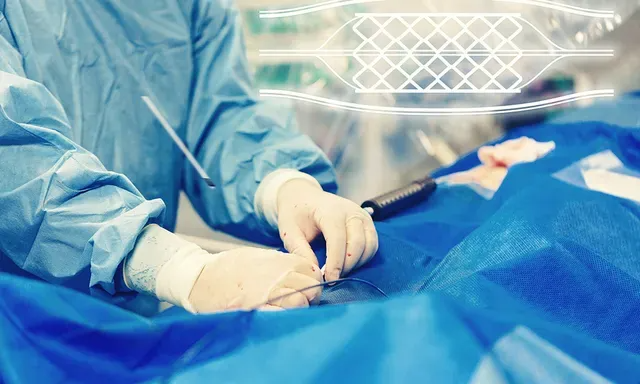Endovascular Stent
An endovascular stent can help provide lasting relief from painful symptoms related to plaque buildup and other issues affecting the peripheral arteries. Vascular surgeons, Danón Garrido, MD, and Justin Manley, MD, of Advanced Vascular & Vein Associates in Flowood, Mississippi, have extensive experience in performing minimally invasive treatments such as stent placement. They provide their Central Mississippi communities with outstanding vascular care that uses cutting-edge technology rather than traditional surgery to overcome health complications caused by damaged or weakened arteries. Schedule a visit today by calling the office or requesting an appointment online.

